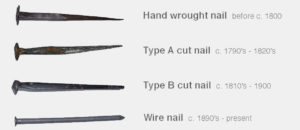Pre-WWI buildings in the city were framed with old growth timber from the country’s seemingly endless virgin forests. The fact can come as a surprise to modern urban dwellers, with wooden joists hidden behind floors and ceilings. These old bones of New York City were once trees of course, with roots upstate, or in New England, Pennsylvania, Ohio, Michigan, Louisiana, Virginia, Nova Scotia – just about any place that forests were logged, and water or rail transport was available.
There would be no New York without lumber. So at least in part, the city begins in these backwoods, and with the people that logged them. Their methods, tools and culture can seem as remote as that of imported goods today. But where things come from and how they’re made is now knowledge of critical value, but the same awareness of the past speaks to qualities that don’t meet the eye.
The following links to selection of selection of photos, providing a glimpse of the forgotten forest and it’s logging heritage.




